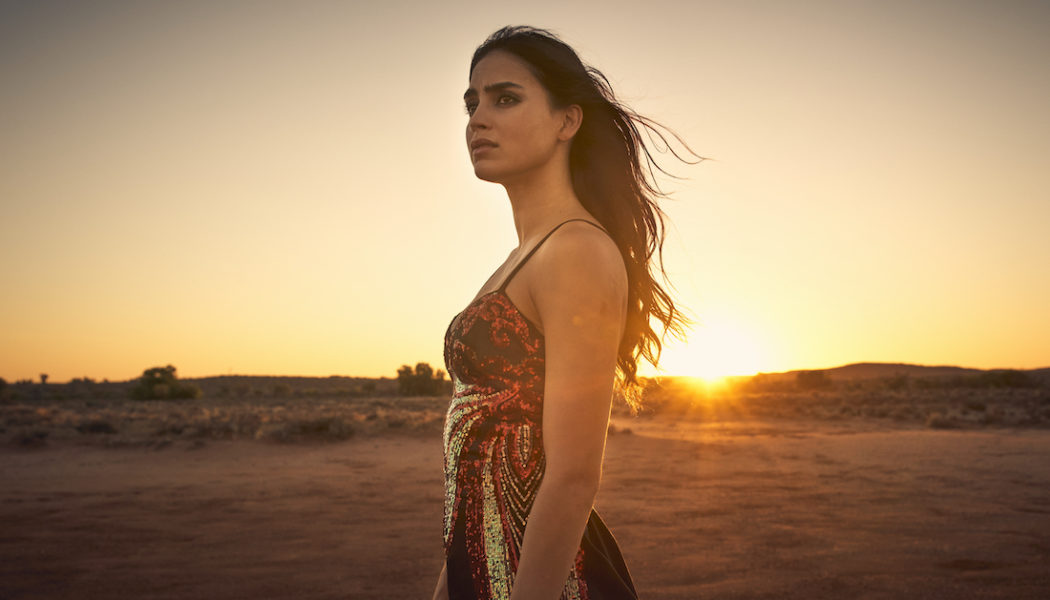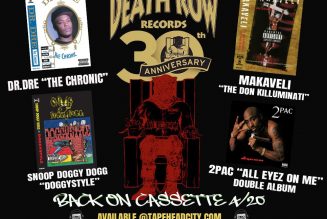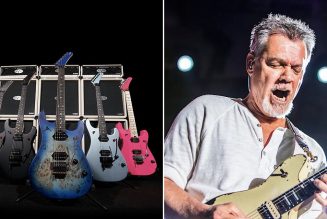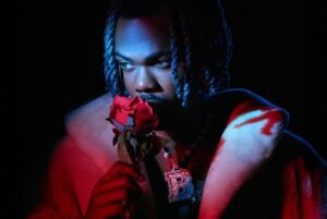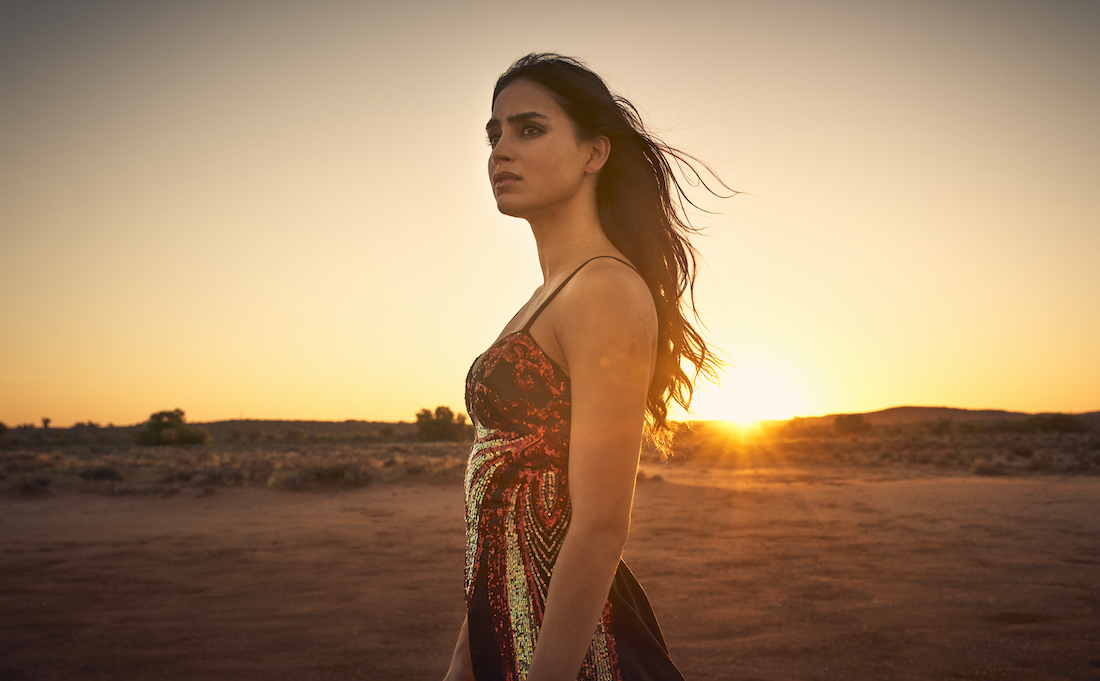
When director Benjamin Millepied first announced his adaptation of Georges Bizet’s 19th-century opera “Carmen,” like many, I had a distinct idea of what the story would entail. After all, the basic plot beats—the soldier Don José falls for the gypsy Carmen, only to be rejected, and driven mad—has been given the big screen treatment on several occasions, including adaptations by Charles Vidor, Jean-Luc Godard, Robert Townsend, and more. These recreations might change milieus, character names, and music, but they still manage to follow the same story. Millepied, however, offers something totally different in his “Carmen.”
Millepied hails from the world of dance, having been the principal dancer at the New York City Ballet from 2003 to 2011 and choreographer for films like “Black Swan” and “The Nutcracker and the Four Realms.” In his directorial debut, Millepied reorients the story as a border narrative: After the murder of her mother, Carmen (Melissa Barrera) runs away to Los Angeles, California, searching for Masilda (Rossy de Palma), a club owner. She finds further trouble, however, when she attempts to illegally cross the border. There, a band of bloodthirsty militia in tandem with border patrol hunt migrants for sport. Before any harm can come to her, Aidan (Paul Mescal), a soldier battling PTSD, saves her. The two embark on a journey of romance and fear, unfolding on intoxicatingly fantastical set pieces and magical realistic settings. Nicholas Brittell’s uniquely operatic score adds startlingly charged music to their every step.
With his reimagining of “Carmen,” Millepied could’ve gone the easy route by delivering more of the same. Instead, he takes a bold swing to put a fresh contemporary stamp on the classic source material. The result not only offers lush sounds and evocative dance but tremendous chemistry between Barrera and Mescal for a swooning tale of love and loss.
Millepied spoke with RogerEbert.com about the influences that informed his adaptation, why he cast Mescal, and his fruitful collaboration with Brittell.
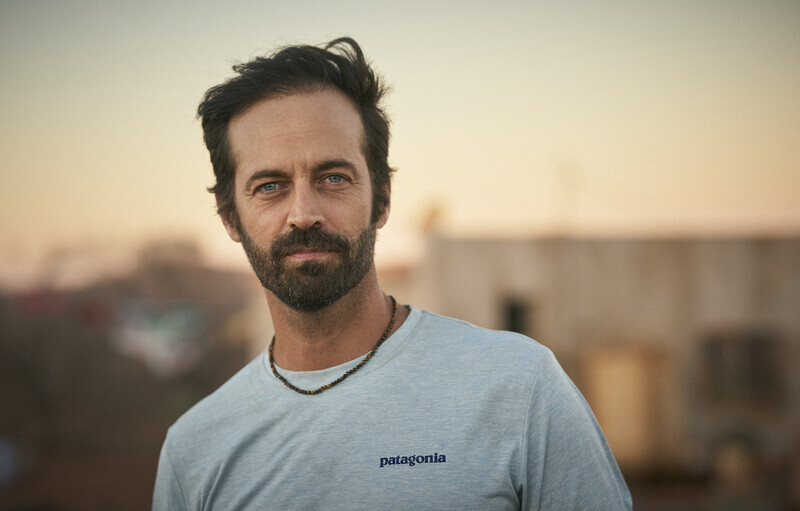
For this adaptation of Carmen, what was the guiding principle you stuck with?
A drama with music and dance. Not like a fantasy musical. With a character like Aidan, he’s dancing in a still realistic, still somewhat physical world with her. And I didn’t want him to suddenly look like a trained dancer, you know? There was a sense of realism that with this Marine, we’re not gonna suddenly make him jump around with insane grace. There had to be a sense of realism, so you wouldn’t be pulled out of the story. It’s not so common to see dramas where you can dance. You have the lighter kind of musical that we see a lot if you think of the success of “La La Land.” So I was interested in going the other direction, and I think the atmosphere of the film and the kind of film I wanted to make was really clear. And Nick [Britell] and I really shared the same desire for the same kind of film.
I like the idea of mixing a musical with drama. At times, it reminded me of Coppola’s “One From the Heart” or “The Cotton Club.”
They’re underrated. “The Cotton Club” is so well shot! The dance sequences are so well shot. I love that movie so much.
Did any of “The Cotton Club” inspire this film?
I saw “The Cotton Club” as a kid, and I rewatched it after I filmed “Carmen.” This film was more like “Wild at Heart” and “Paris, Texas.” And I think that was kind of the simple thing about “Carmen.” It was the first time that I worked on a screenplay. The agents thought it was a musical, but I was turning toward musical theater writers, and it was never the right tone. I wanted something more spare. I didn’t want something on the nose. I didn’t want the songs to be them singing about what they were feeling. The guiding principle, I guess, was there.
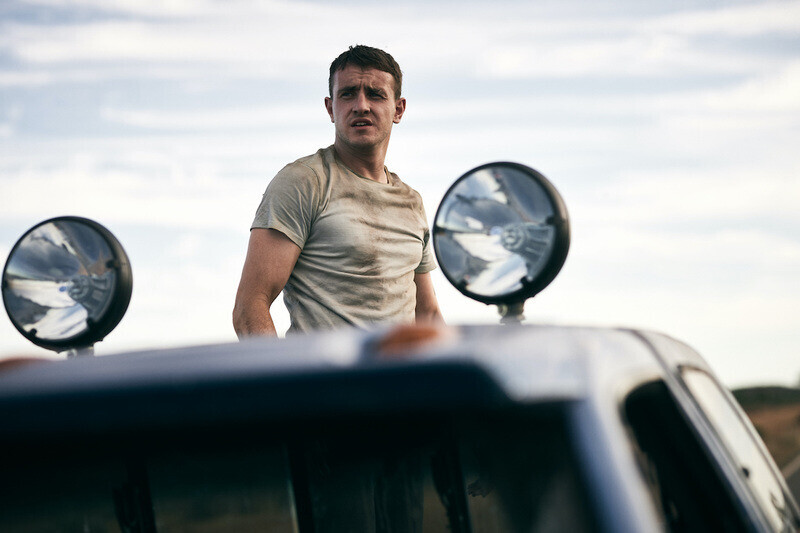
Paul Mescal, of course, hails from Ireland. And this is such a region-specific story. Why choose him as opposed to someone from Texas or generally from America?
I was looking for an actor who was a real man who didn’t come across as a pretty boy. There were a couple of American actors that I considered, but no one excited me as much as Paul. I mean, that’s not entirely true to say because there was one actor who dropped out, but like, when I finally got to Paul—it’s funny because I often spoke about “A Streetcar Named Desire” and Kazan’s films and that physicality—and we talked about that and that kind of masculinity. But Paul is just such a good actor. I wasn’t wrong with my choice. I see he’s a big star now.
I love how you allow the camera to move with the dancer. Why go Steadicam as opposed to remaining stationary?
Well, I was working with a non-dancer. I mean, she can dance, but she’s not a professional dancer. I thought it would be a wise choice to move with them with the camera because it does give more credibility to have amusement, and it created, creatively, an illusion. They’re making their way through the desert in that way. I didn’t want it to sit there. That didn’t feel like the right choice. We went for a Steadicam. Of course, there was the idea of making it an adventure, but I thought with that element, I’d be able to create very convincing dancing with these two actors.
The score Nicholas Brittell composed is such a fascinating mix of the operatic and work that reminds me of “The Underground Railroad.” What direction did you have for him?
My collaboration with Nick was not so much about giving him direction; it was more about us together having the desire to make a certain kind of film. And really “Carmen” started with Nick and these conversations that we had about the type of film we wanted to make and the type of scores that we loved. It definitely was my intention to kind of set him free and really respect the music in a sense. Not just have a composer send me a bunch of ideas that I would cut and paste and chop and put in all kinds of different places, but have a collaboration where we really worked on the score with the picture and then really let these moments begin and end when they were meant to.
I think part of the cultural tapestry of the sound and this landscape of the picture has to do with the influences that we shared, and the beauty of when you talk about sort of gypsy culture and the countries they’ve traveled through. The influence of their music is rich. We wanted that kind of richness in the film, and so we really worked together beautifully. It was years of conversation that influenced that very moment when Nick found, once we were scoring the film, this sound that had bold voices and choir and synths and strings, which I think is really original. I think that’s part of what’s so successful about his score here is that it doesn’t sound like any other score of any other movie. That makes me very happy that he achieved a true marriage of picture and music in the film.
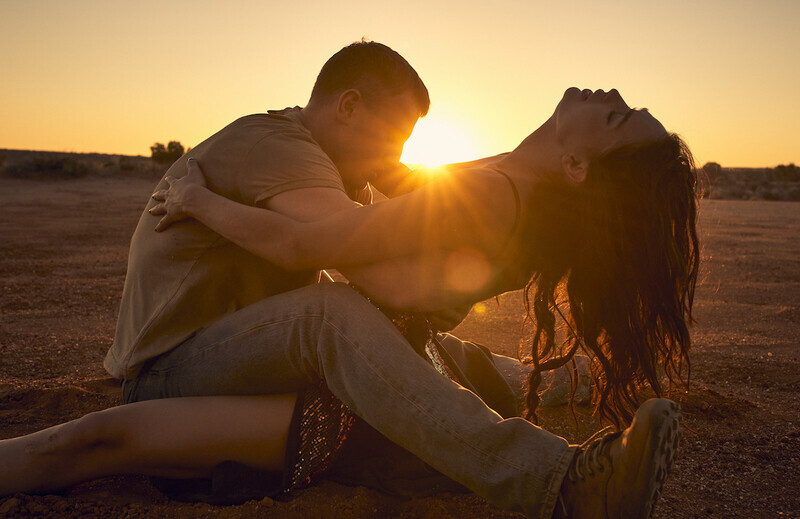
Yes. There are influences, but the sound remains very unique! I’m also wondering what were some of the scores that influenced this film.
I knew, say with the hip hop song, that I didn’t want traditional beats. I sent [Nick] West African music from my childhood. Because I grew up in Senegal. I was like, here, listen to these polyrhythms; they’re amazing. So I would play something like that. But there were a lot of things we would share. We would talk about “Black Orpheus” or “Vertigo,” and we would talk about which scores we really cherished.
I really like the creative choice of seeing the band in the background of the frame for a diegetic feel. What was the decision-making behind that choice?
We felt that it was the right decision to have them there. We wanted it to be complimentary, and they’re always there, so the music comes from the place where the actors are.
Paul and Melissa have such wonderful chemistry. What was the path to bringing them together?
She came on, I think, in 2018. She hung on, even when the movie was dropped, picked up, and dropped again. She was terrific, with an incredible voice. And we just did work on the picture a little bit, and then we worked further on set. She came on much earlier, and Paul really came on pretty much at the last minute.
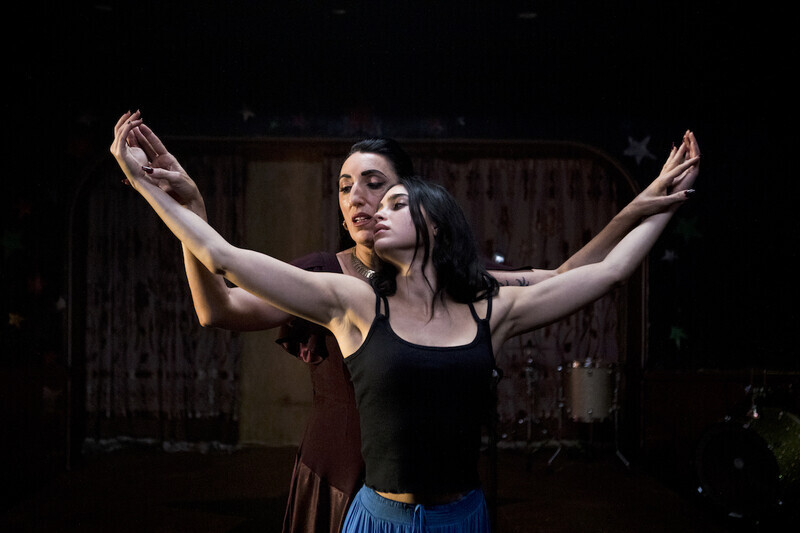
I love Rossy de Palma’s presence here. She shows up and just adds a kind of refinement to this story. Could you talk more about working with her?
She came on in 2018, as well. And she never walked away from the film. When she arrived on set, she came in with such a sure hand of who she wanted Masilda to be. She brought props and so many ideas. And I took them all. I very rarely pushed back on anything that she suggested. She is just so amazing.
What props did she bring?
Well, the shawl she dances with at the end, there’s some necklaces and some jewelry, and then the eyeshadow on the eyelids, that was her idea. She just brought a lot of different jewelry that she thought [Masilda] would wear. It was very nice.
It’s funny because the eyeshadow was what reminded me of “The Cotton Club.”
You’re right. And maybe she did, but I don’t think so. But that’s why I rewatched “The Cotton Club” afterward. It’s really funny; I forgot that.
You, of course, filmed some of the scenes in Australia, but how much was filmed in established locations as opposed to sets?
I mean, obviously, all the interiors were built on location. They creatively rendered all those red walls. It was really amazing work, really fantastic because that was the point: We were trying to create a world here. We were also in Australia in the desert. And we were supposed to shoot some exterior scenes in LA, but I didn’t feel like I needed to again.
What do you hope audiences take from this movie?
I think it’s very easy to start to think, well, where’s the conventional play that I’m used to? I mean, it’s something I’d say we’re fighting all the time. Conventions are maybe broken a bit, or this isn’t like anything I’ve seen. At the end of the day, you can trust the journey and say let’s see where it takes you, and just make it a singular experience. I think some of the more interesting reviews I’ve read aren’t threatened by the fact that it doesn’t have the conventions we’re used to.
“Carmen” is now playing in theaters.
Robert Daniels
Robert Daniels is a freelance film critic based in Chicago with a MA in English. He’s the founder of 812filmreviews, and he’s written for ThePlaylist, Consequence of Sound, and Mediaversity.
